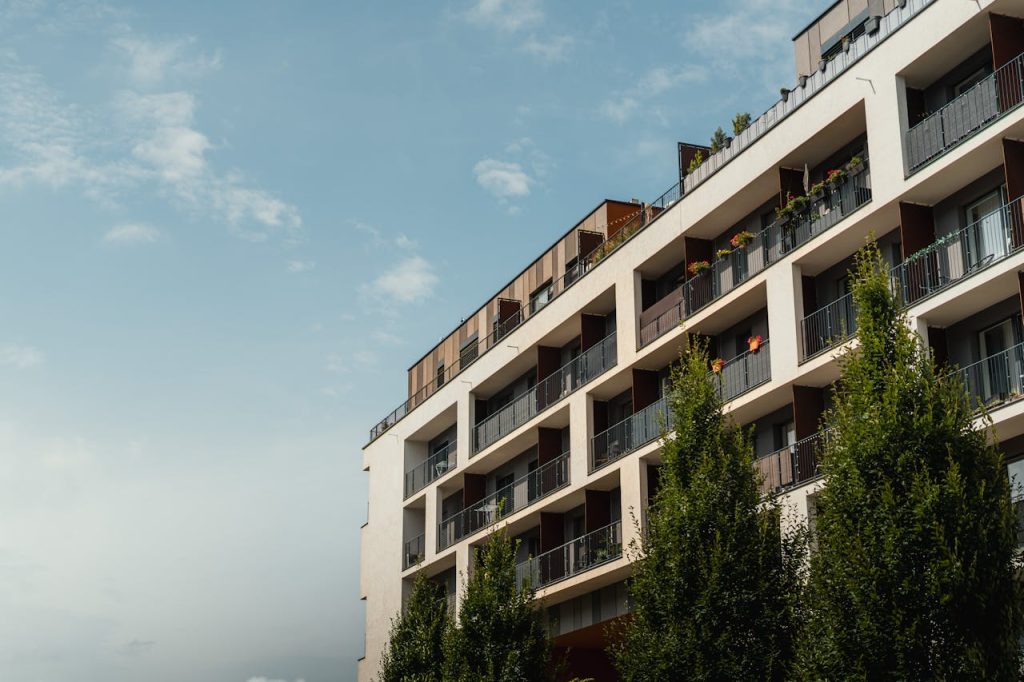Fifty years ago, only a handful of people in the average city would have had high-end properties. They were very much the exception to the norm.
These days, though, they’re everywhere, and new ones are being built all the time. Some Californian properties are selling for more than $250 million, breaking new records and all-time highs.
The surge in demand for luxury homes is coming from the booming high-end properties and real estate market. The advent of the jumbo loan and the thousands of newly minted millionaires in the country are creating the ideal conditions for this market to explode.
Table of Contents
ToggleThe Rise Of High-Value Properties
The rise of high-value properties (often defined as those over $5 million) has caught many people by surprise. Tech entrepreneurs, international investors, and other affluent professionals are seizing these opportunities and seeking ways to utilize their newfound wealth for the greater good.
Many of these properties were previously found in New York and Los Angeles. However, new affluent areas are emerging, particularly in Miami, Dallas, and Phoenix, where taxes and economic conditions are the best.
Property prices are also skyrocketing in places like Manhattan and Aspen. These locations are seeing a growing demand for second homes for the wealthy.
“The number of wealthy people seeking the very best properties continues to grow at a rapid rate,” explains Mortgage Quote, a company that assists with large loans and jumbo products. “The problem traditionally was that it was hard to get loans for their properties under the regular banking and lending system. Now, though, jumbo loans are making it possible for people to avoid eating into their liquid capital and rely on credit instead, often at a low interest rate.”
The Role Jumbo Loans Are Playing

The importance of jumbo loans in driving demand for high-end properties can’t be overstated. These financial tools are becoming highly regarded and used by many wealthy Americans looking to expand their property portfolios.
Jumbo loans are essentially mortgages that exceed Fannie Mae and Freddie Mac conforming limits (around $800,000). While regular mortgages provide sufficient cash to pay for the majority of homes, they don’t cut it for luxury properties, hence the need for additional loans.
Growing demand means that interest in jumbo loans is increasing. More people want to live in high-end properties to achieve their lifestyle goals, but don’t want to eat into their capital to do it.
“Jumbo loans really are witnessing a surge of interest,” explains Mortgage Quote. “However, banks and lenders don’t dole them out to anyone who wants them. There are stricter criteria, given the sheer size of some of these loans.”
From the lenders’ perspective, the main issue centers around qualification. Most people simply don’t have the assets or capital to apply for a jumbo loan.
Another problem is that jumbo loans can have higher rates (because of the increased risk of default). If anything were to happen to the luxury property market, banks would be on the hook for the bill.
Therefore, jumbo loans remain a rare financial product, a bit like private banking. It is possible to obtain this form of financing, but it requires an exceptional financial situation.
Economic Implications
The economic implications of jumbo loans are substantial. One sharp observation is that luxury properties seem to be growing in popularity at the same time that many people can’t find affordable homes. As such, the challenges in the housing market strongly reflect existing issues relating to pay gaps.
The economic impact of high-value property sales, on the other hand, is widely regarded as positive. They’re essentially a significant investment in the community, hiring dozens of people to construct, and supplying cash to material suppliers. Construction creates jobs and, once complete, many luxury homes increase the value of surrounding lots.
Some communities are pushing back against these developments, citing “gentrification.” However, these are rare in most parts of the country. Zoning disputes are an infrequent issue, as many people believe they benefit from the presence of wealthy individuals in their neighborhood.
Challenges
The main challenge going forward is likely the volatility in the luxury housing market. If prices were to change, that would affect those with jumbo loans.
Usually, banks will ask for some equity to go into the property before purchasing. However, higher interest rates could spark issues, as could a housing downturn, as happened during the credit crunch.
Such a scenario could play out similarly in the future. It’s now more than 15 years since the last housing crisis, but properties appear more overvalued than ever, meaning that a major slump is likely if there is a credit issue elsewhere in the economy.
Regulatory scrutiny will also play a role. Jumbo loans are popular among those looking to park some of their money in the U.S. as part of real estate ventures. However, the government might start treating foreign investments differently and crack down on speculative buying, which appears to be engulfing some areas of the country.
The question over the next ten years will be whether the current luxury real estate market is sustainable in the future. If economic uncertainties continue, then jumbo loans may see a decline in demand.
“Mortgage Quote is always keeping an eye on the interest rates applied to the most popular products on the market,” the brand says. “We are forward-looking and always watching for changes in the macroeconomic environment and what they might portend.”
Luxury: The New Normal?

Ultimately, high-end properties are becoming the new normal, partly driven by demand, but also the availability of jumbo loans and credit. Right now, the scale of this market is small, so the risks of a 2008-style housing bubble seem less likely. However, banks might start divesting or making it more challenging to take out loans. On the other hand, they may believe that there are new opportunities in the housing sector and that prices can never go down. If that happens, then it is a sign that the market is about to take off.
Featured Image: Photo by Lukas Kosc; Pexels











